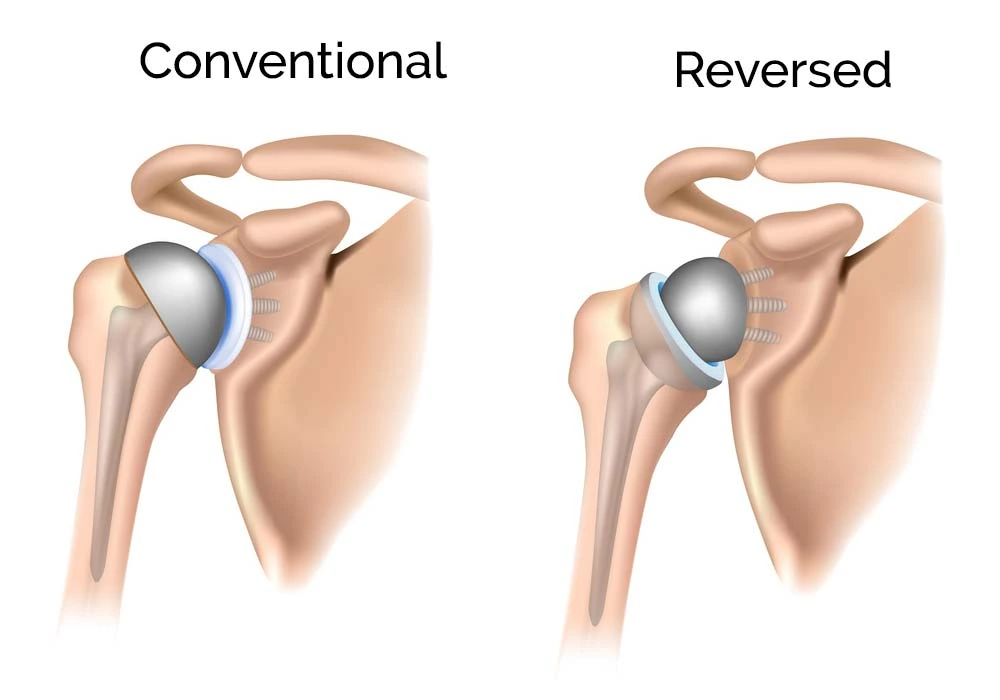
Shoulder hemiarthroplasty is a surgical procedure that involves replacing the damaged or diseased humeral head (the ball of the shoulder joint) with a prosthetic implant, while leaving the natural socket (glenoid) intact. This procedure is typically recommended for patients suffering from conditions like severe fractures, arthritis, or avascular necrosis that primarily affect the humeral head, while the glenoid remains healthy.
Hemiarthroplasty is an option when the damage is limited to the humeral head and does not affect the socket, making it a less invasive alternative to total shoulder replacement. It is commonly performed on older patients with lower activity levels or in cases where the glenoid is not severely damaged.
During the procedure, the damaged humeral head is removed and replaced with a metal or ceramic prosthetic. The surgery generally involves the following steps:
Shoulder hemiarthroplasty is an effective treatment for patients with damage localized to the humeral head, offering pain relief and improved shoulder mobility while preserving more of the natural joint structure.
